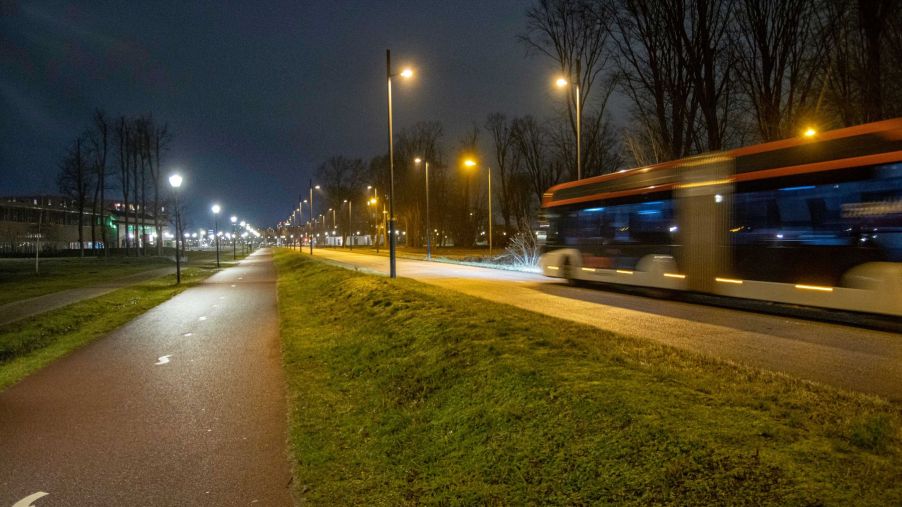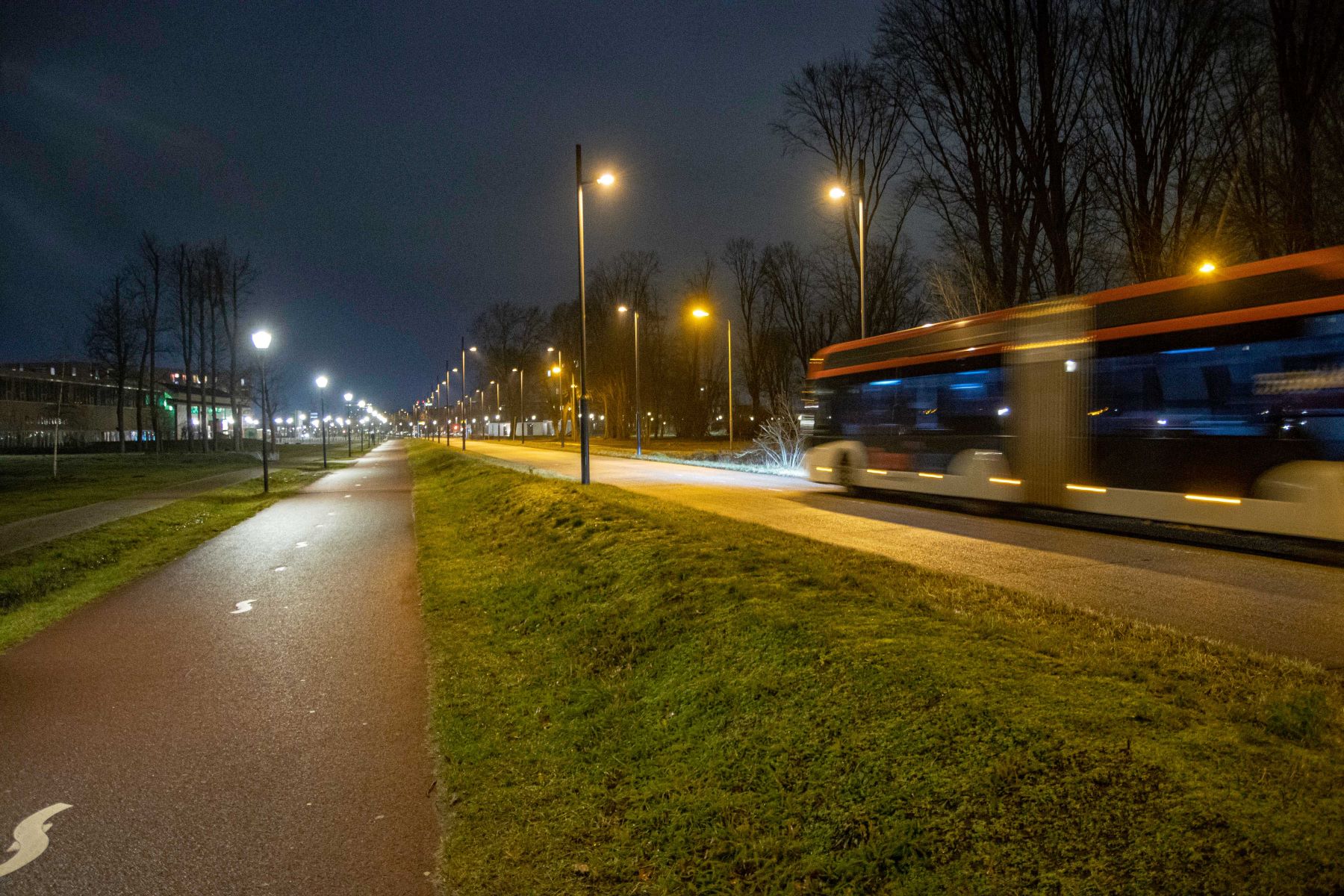
The Car-Free City Movement Could Lead to More Accessible Cities
The invention of cars revolutionized modern transport, making it easier to move out and about. Nowadays, cars have become a must-have, with thousands of these contraptions dominating the urban outlook in most cities worldwide. However, while vehicles have improved transportability, vehicle emissions have also brought about undesired impacts on the environment, such as air and noise pollution, in addition to congestion that impedes movement.
Based on these challenges, a small but developing number of cities have decided to cut down on cars by designing car-free urban landscapes. While cities without cars sound lovely and desirable, how they deal with emergency services and accommodate people with mobility challenges would be worth addressing.
What is a car-free city?

According to Urbanet, a car-free city is characterized by public and active transport that accounts for a considerable mode of transportation. In essence, car-free cities rely on public transport with minimal family cars, according to U.S. News. The planning, design, and engineering of these cities should also cater more toward public transportation.
How to transform cities into car-free cities
The main challenge with making cities car-free lies in existing infrastructure centered on cars. Campaigns to change people’s norms and perceptions are also crucial if car-free cities become the new normal without resistance from the public.
However, these challenges can be surmounted by shifting the goal of city planning from mobility to accessibility and involving the public in making policies oriented toward car-free cities. Consequently, cities can redesign their landscape, prioritizing pedestrians and public modes of transport.
According to The Verge, Paris is one city that has made plans to pursue this route by banning private cars from accessing the city by early 2024 to decrease congestion and enhance the air quality. However, delivery drivers will still be able to access the city. Like France, any country that aims to transform into a car-free city has to impose measures that reduce the number of cars and pollution they produce in the city. That also means giving a lot of priority to pedestrians and cyclists.
Creating cities that are suitable for all
Car-free cities work by encouraging people to embrace public transport and walk or cycle to reduce congestion and pollution, but not everybody is open to this notion. For one, critics point out that getting rid of private cars will exclude people with disabilities who need cars to move around the city. Even where personal vehicles are available, disabled people will need to get permits or qualify to have a privately owned car, bringing the challenge of access that could deny them freedom of movement altogether.
However, this challenge can be overcome since embracing car-free cities improves accessibility. More unused road space can be converted to wheelchair lanes and wider sidewalks for people in wheelchairs and pedestrians. The vast amounts of money used on road maintenance can also be redirected to improve sidewalks and wheelchair lanes, making them safer for users. Meanwhile, the rest can be used to expand access to buses, trains, and trams and free comfortable public transport for disabled folks who rely on cars for lack of better transit options.
While cars are not the only factors that cause congestion, minimizing the number of vehicles in cities, pedestrianizing streets, and removing parking spots, make for healthier cities to live in since eliminating cars from the roads minimizes diseases linked to emissions and noise pollution.
Car-free cities are the way of the future
Most countries made a huge mistake of converting streets developed for pedestrians, streetcars, and cyclists into cities full of vehicles. The good news is that if a pro-vehicles transition was possible, converting back to a pro-people notion is also feasible.
France is already beginning its plans, including eliminating parking spaces by 2024. According to Tomorrow City, Copenhagen already implemented the plan decades ago, while cities like Barcelona and Berlin are in the process of doing the same. Therefore, it is not just possible but also crucial.


